
Top Cybersecurity Threats Businesses Face in 2025
Stay ahead of evolving digital dangers before they hit your bottom line.
Cybercriminals are no longer just lone hackers in hoodies. They’re part of organised, well-funded networks using AI, automation, and social engineering to breach even the most secure systems.
The digital world is evolving at lightning speed, and unfortunately, so are the threats hiding within it. For businesses all over, staying secure isn’t just an IT department’s job, it’s a critical component of survival and growth. As we move into 2025, the cybersecurity landscape promises new complexities and intensified risks.
Ignoring these evolving dangers isn’t an option. A single data breach can cripple operations, tarnish reputation, and lead to devastating financial losses. At Aliema Infotech, we understand these stakes. That’s why we’re shedding light on the top cybersecurity threats businesses face this year, so you can be prepared.
Why Proactive Cybersecurity is Your 2025 Superpower
In a hyper-connected world, your business’s digital footprint is larger than ever. From customer data to proprietary information, everything is a potential target. Proactive cybersecurity protects your assets, maintains customer trust, and ensures operational continuity – essentially, it safeguards your future.
2025 brings new challenges in the cybersecurity landscape, and if your business isn’t prepared, the cost could be massive—both in revenue and reputation.
Here are the top cybersecurity threats businesses face in 2025 and what you need to do about them:
Top Cybersecurity Threats Businesses Face in 2025:
1. AI-Powered Phishing Attacks
- The Threat: Forget the old typo-filled phishing emails. Cybercriminals are leveraging Artificial Intelligence to make their attacks more sophisticated. This means highly convincing phishing emails, AI-generated deepfake voice/video scams for CEO fraud, and polymorphic malware that constantly changes its code to evade detection.
In 2025, AI is generating spookily convincing messages—sometimes personalised using scraped social media data. These emails or chats can trick even tech-savvy employees into handing over credentials or clicking harmful links.
- Why it’s growing: AI’s ability to analyse data and adapt makes these attacks incredibly difficult to spot with traditional methods.
- Tip: Train employees regularly, and implement email filters powered by AI to detect suspicious behaviour.
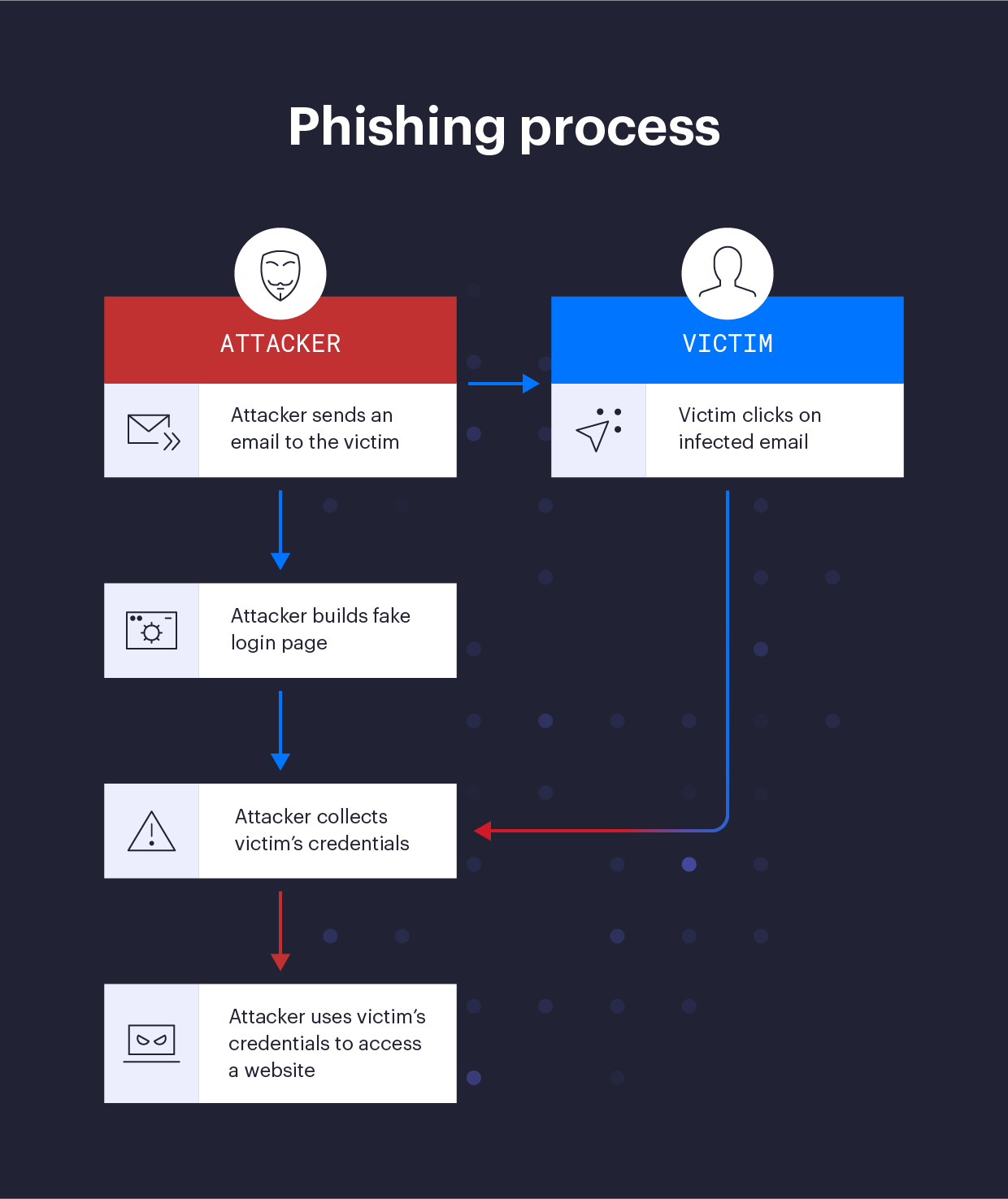
2. Ransomware-as-a-Service (RaaS)
- The Threat: Ransomware isn’t new, but it’s becoming more aggressive. In 2025, expect double extortion (stealing data and encrypting it), triple extortion (adding DoS attacks), and even attacks targeting cloud backups, making recovery more complex and costlier.
Ransomware is evolving into a subscription-based model. Even people with no technical knowledge can launch devastating attacks for a small fee—encrypting your company’s data and demanding payment.
- Why it’s growing: Attackers are refining their tactics for maximum impact and payout, targeting crucial business operations.
- Tip: Regularly back up your data offline and use endpoint detection and response (EDR) tools.
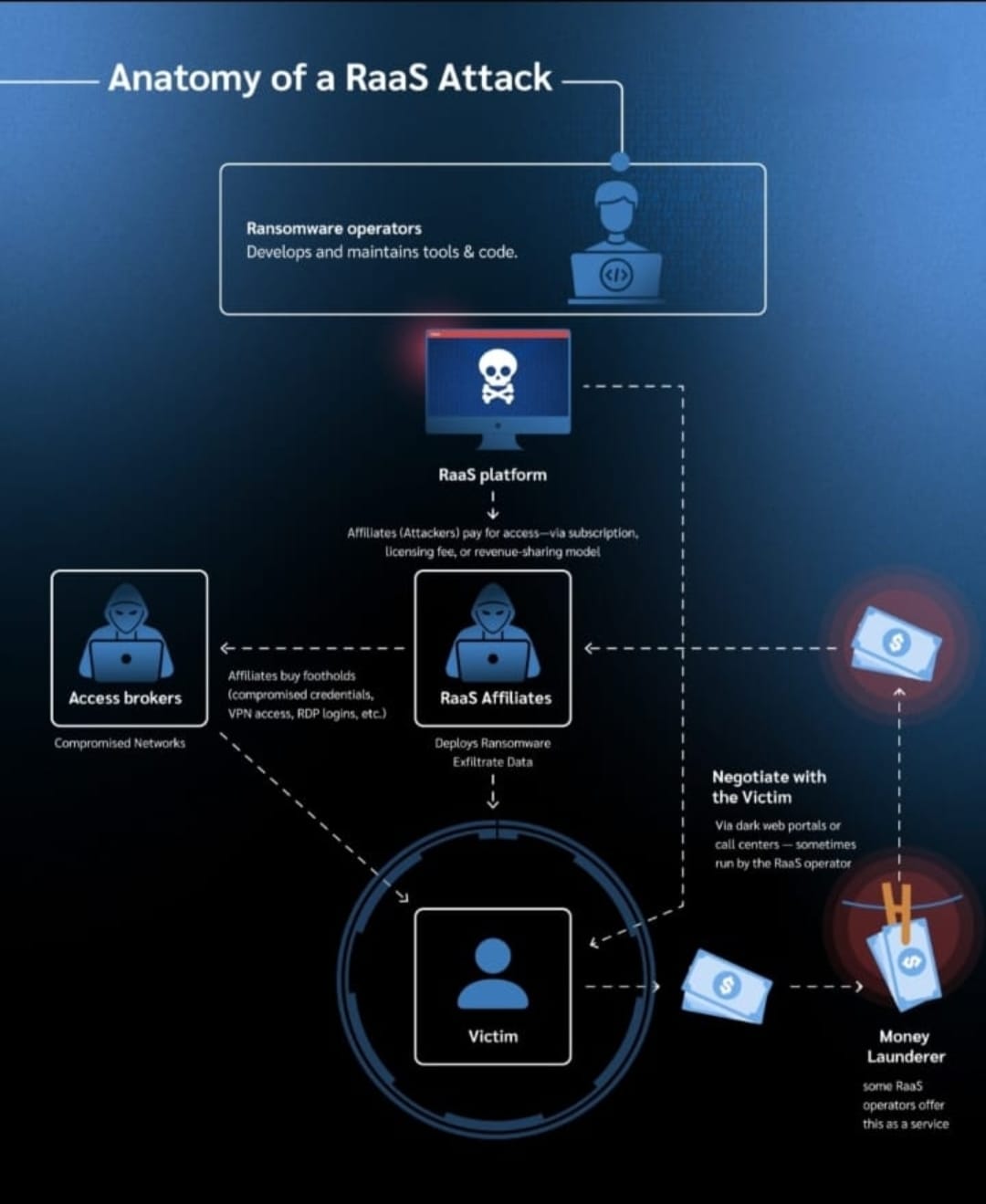
3. Supply Chain Attacks
- The Threat: Hackers don’t always come through the front door. Sometimes, they rupture your vendors’ or software partners’ systems to access your network. It’s a risk that grows with every new integration.
Cybercriminals are increasingly targeting smaller, less secure vendors or partners within a larger company’s supply chain to gain access to bigger targets. If your software provider or logistics partner is compromised, your business could also be at risk.
- Why it’s growing: Organisations rely heavily on third-party services, creating numerous potential weak links.
- Tip: Train your third-party vendors and monitor their cybersecurity compliance.
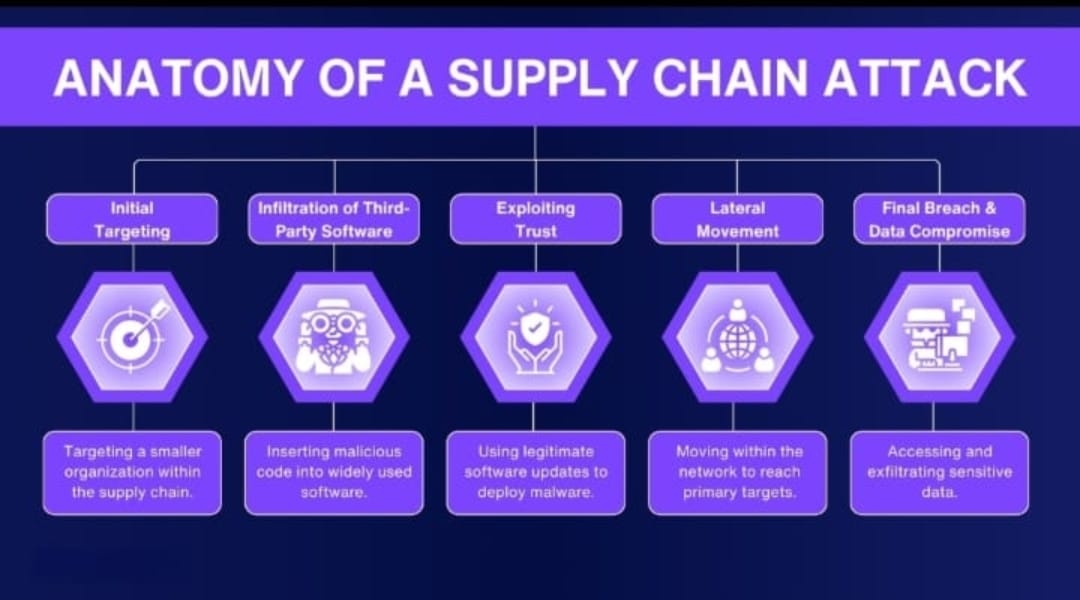
4. IoT (Internet of Things) Device Exploitation
- The Threat: From smart office devices and industrial sensors to smart security cameras, every connected device is a potential entry point or can say Internet of Things (IoT) devices are often poorly secured. One weak link can give attackers a way in. Many IoT devices have weak default security, making them easy targets for hackers to creep into networks.
- Why it’s growing: The sheer number and variety of IoT devices are exploding, often with inadequate security protocols.
- Tip: Segment your network and keep all IoT firmware up to date.
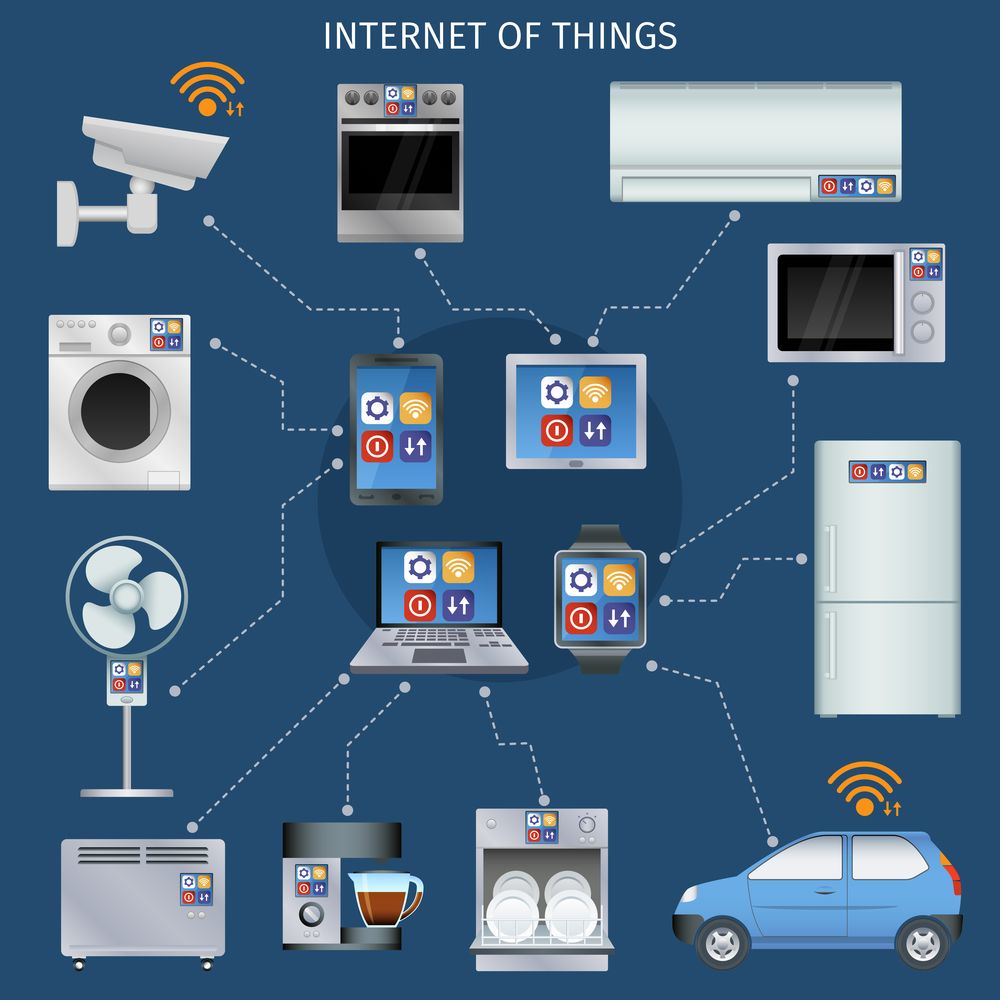
5. Deepfake Scams and Voice Spoofing
- The Threat: Thanks to advanced AI models, cybercriminals can now clone voices and faces with remarkable accuracy. Imagine getting a call from your “CEO” asking for an urgent transfer—only it’s not them.
Despite technological advancements, the human element remains a primary vulnerability. Attackers are using increasingly clever psychological manipulation tactics (phishing, pretexting, baiting) to trick employees into revealing sensitive information or granting access.
- Why it’s growing: Humans are often the easiest entry point, and these tactics are becoming more personalised and believable.
- Tip: Establish strict verification protocols for financial requests, no matter who appears to be calling.
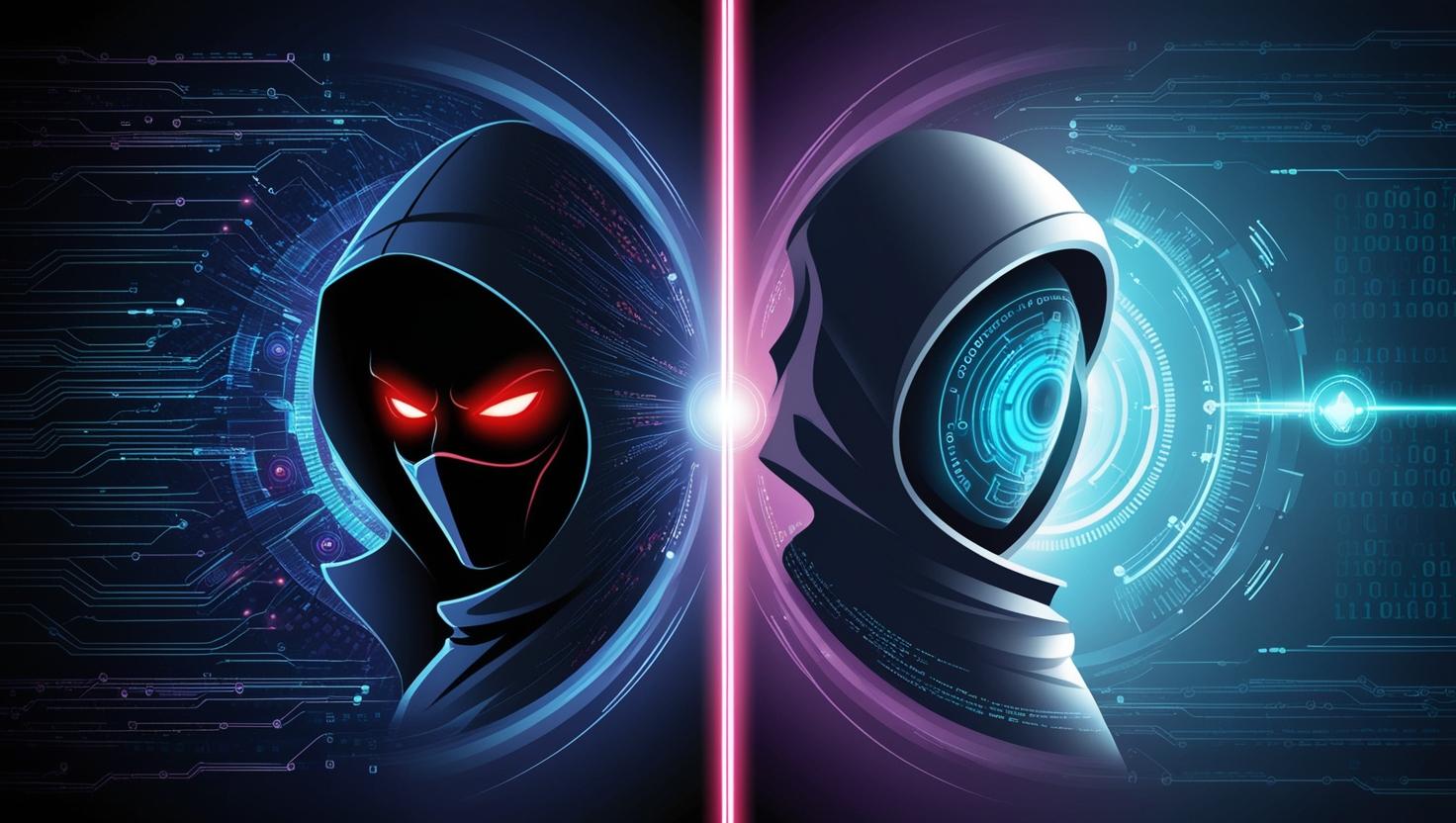
How Your Business Can Prepare for 2025’s Cyber Landscape:
- Employee Training: Your team is your first line of defence. Regular, engaging training on recognising phishing, strong password practices, and secure browsing is non-negotiable.
- Robust Security Solutions: Implement next-gen firewalls, Endpoint Detection and Response (EDR), and Multi-Factor Authentication (MFA) across all systems.
- Regular Audits & Penetration Testing: Proactively find and fix vulnerabilities before attackers can exploit them.
- Incident Response Plan: Have a clear and tested plan in place for what to do before a breach occurs.
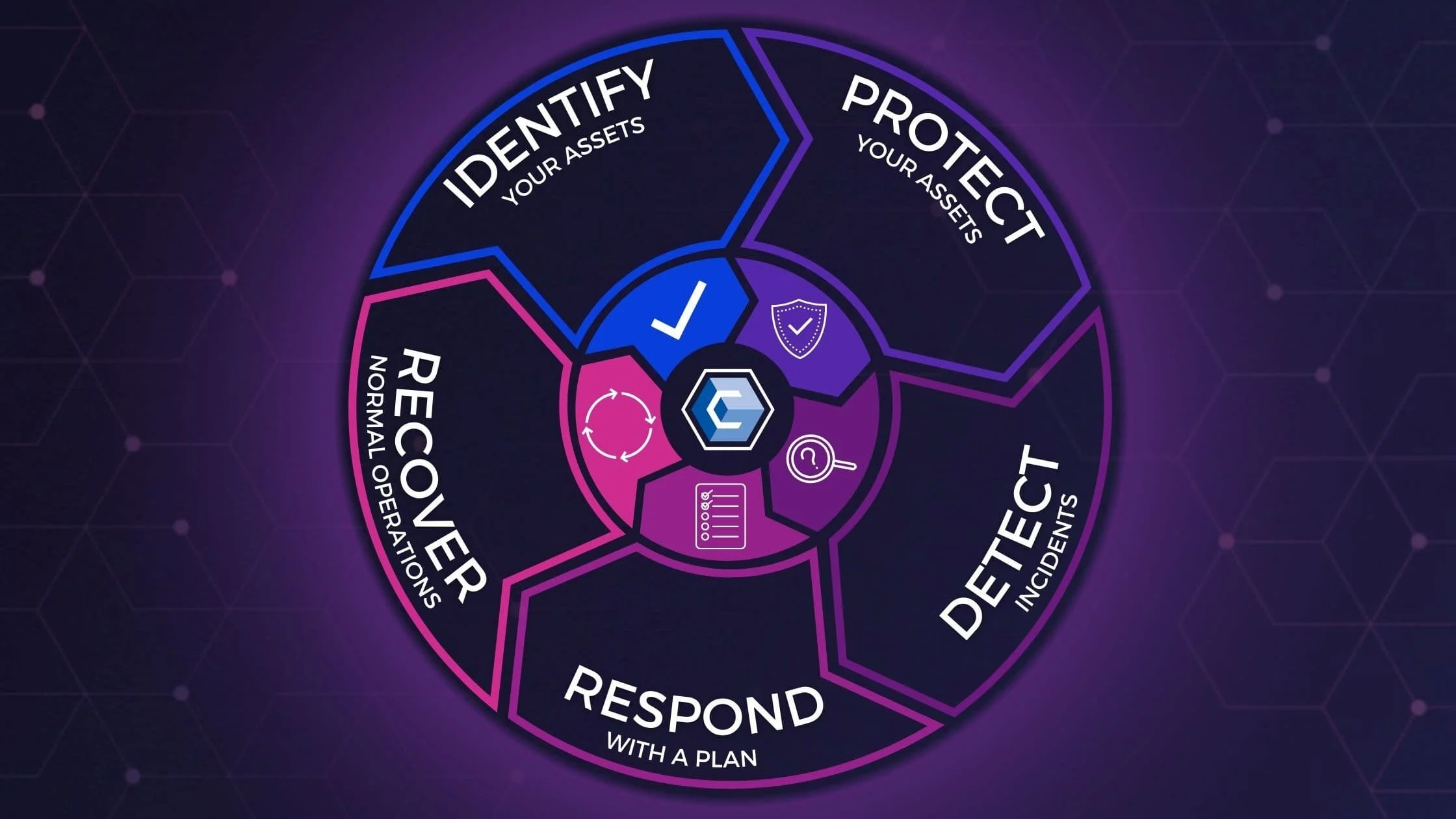
The Bottom Line
The cyber threats of 2025 are real; it isn’t just an IT issue—it’s a business vital. But so is your ability to defend against them. By understanding these evolving risks and taking proactive steps, your business can navigate the digital world with security and confidence.
Secure your data before attackers secure their way in. Whether you’re a startup or an enterprise, staying informed and prepared can save you from downtime, lawsuits, and a damaged reputation.






